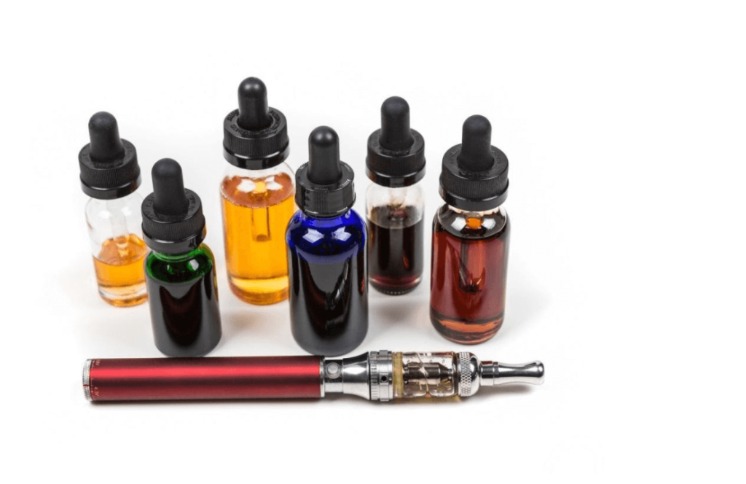In recent years, vapes have dramatically transformed the landscape of smoking and nicotine consumption. Originally conceived as a tool for smoking cessation, these devices have quickly gained popularity among a broad demographic, igniting discussions about health, regulation, and social norms.
Understanding Vapes
Vapes, also known as electronic cigarettes, are battery-operated devices designed to deliver nicotine or other substances through an inhaled aerosol. Unlike traditional cigarettes, vapes do not burn tobacco. Instead, they use a liquid mixture, often containing nicotine, that is heated to create vapor.
Types of Vapes
- Cigalikes: Resemble traditional cigarettes and are popular among new users.
- Vape Pens: Slim, portable devices that are user-friendly and versatile.
- Mods: Larger, more powerful devices with customizable settings for experienced users.
- Pod Systems: Compact devices that use pre-filled or refillable pods for convenience.
Health Implications
The health effects of vapes are a topic of ongoing research and debate. While they are generally considered less harmful than traditional cigarettes, they are not without risks. Key points include:
- Nicotine Addiction: Vapes typically contain nicotine, which is highly addictive and can have adverse effects on brain development in young users.
- Respiratory Issues: Inhaling the vapor can cause respiratory irritation and potential long-term lung damage.
- Unknown Chemicals: The liquid used in vapes can contain various potentially harmful chemicals, including flavorings and other additives.
Regulations and Social Perspectives
Governments worldwide are grappling with how to regulate the burgeoning vape industry. Concerns about youth uptake, marketing practices, and public health implications have led to a patchwork of laws and regulations:
- Age Restrictions: Many countries have imposed minimum age requirements for purchasing vapes.
- Flavor Bans: Some regions have banned flavored vape products to deter use among younger populations.
- Advertising Restrictions: Regulations often limit how and where vape products can be advertised.
FAQs
Q: Are vapes a safer alternative to smoking?
A: While vapes are generally considered less harmful than traditional cigarettes, they still pose health risks, particularly for young users and non-smokers.
Q: What substances can be used in vapes?
A: Vapes commonly use liquids containing nicotine, but they can also be used to consume THC, CBD, and other substances. It is essential to ensure the liquid used is from a reputable source.
Q: Can vapes help people quit smoking?
A: Vapes can be an effective smoking cessation tool for some individuals, but they are not universally successful and can lead to dual use (smoking and vaping). Consultation with a healthcare provider is recommended for those seeking to quit smoking.
Conclusion
Read more about firehose upload vape here.
As vapes continue to evolve, so too will our understanding of their impact on health and society. Balancing the potential benefits for smoking cessation with the need to protect public health remains a critical challenge for policymakers and public health advocates. As the landscape of nicotine consumption changes, ongoing research and informed regulations will be key to navigating this complex issue.




